Yimeng Wu
Pangu Ultra MoE: How to Train Your Big MoE on Ascend NPUs
May 07, 2025Abstract:Sparse large language models (LLMs) with Mixture of Experts (MoE) and close to a trillion parameters are dominating the realm of most capable language models. However, the massive model scale poses significant challenges for the underlying software and hardware systems. In this paper, we aim to uncover a recipe to harness such scale on Ascend NPUs. The key goals are better usage of the computing resources under the dynamic sparse model structures and materializing the expected performance gain on the actual hardware. To select model configurations suitable for Ascend NPUs without repeatedly running the expensive experiments, we leverage simulation to compare the trade-off of various model hyperparameters. This study led to Pangu Ultra MoE, a sparse LLM with 718 billion parameters, and we conducted experiments on the model to verify the simulation results. On the system side, we dig into Expert Parallelism to optimize the communication between NPU devices to reduce the synchronization overhead. We also optimize the memory efficiency within the devices to further reduce the parameter and activation management overhead. In the end, we achieve an MFU of 30.0% when training Pangu Ultra MoE, with performance comparable to that of DeepSeek R1, on 6K Ascend NPUs, and demonstrate that the Ascend system is capable of harnessing all the training stages of the state-of-the-art language models. Extensive experiments indicate that our recipe can lead to efficient training of large-scale sparse language models with MoE. We also study the behaviors of such models for future reference.
Scaling Law for Language Models Training Considering Batch Size
Dec 02, 2024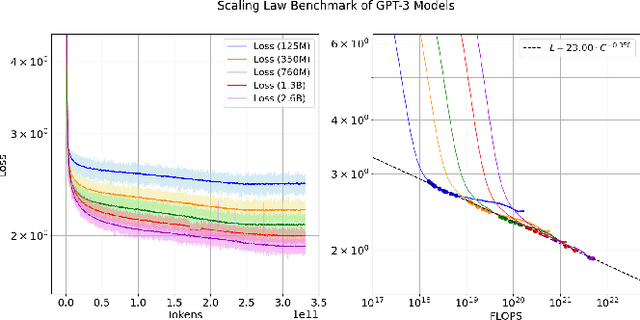


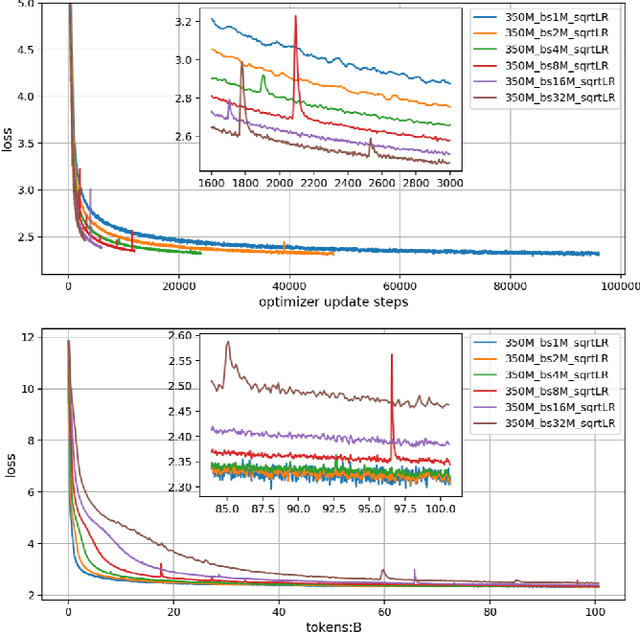
Abstract:Large language models (LLMs) have made remarkable advances in recent years, with scaling laws playing a critical role in this rapid progress. In this paper, we empirically investigate how a critical hyper-parameter, i.e., the global batch size, influences the LLM training prdocess. We begin by training language models ranging from 125 million to 2.6 billion parameters, using up to 300 billion high-quality tokens. Through these experiments, we establish a basic scaling law on model size and training data amount. We then examine how varying batch sizes and learning rates affect the convergence and generalization of these models. Our analysis yields batch size scaling laws under two different cases: with a fixed compute budget, and with a fixed amount of training data. Extrapolation experiments on models of increasing sizes validate our predicted laws, which provides guidance for optimizing LLM training strategies under specific resource constraints.
ParaLBench: A Large-Scale Benchmark for Computational Paralinguistics over Acoustic Foundation Models
Nov 14, 2024
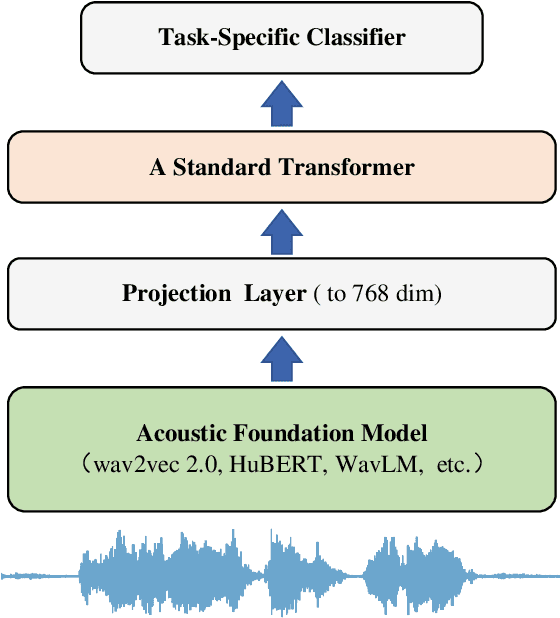
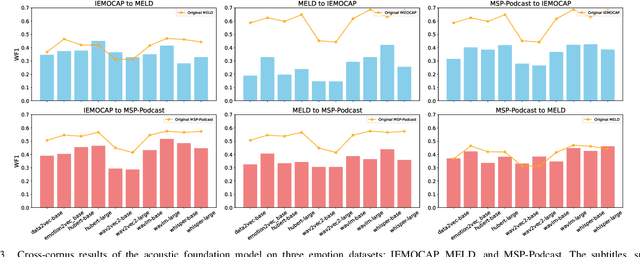
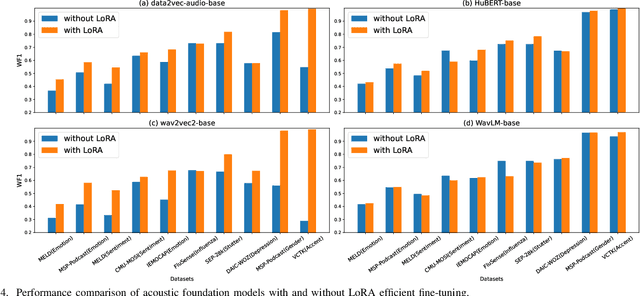
Abstract:Computational paralinguistics (ComParal) aims to develop algorithms and models to automatically detect, analyze, and interpret non-verbal information from speech communication, e. g., emotion, health state, age, and gender. Despite its rapid progress, it heavily depends on sophisticatedly designed models given specific paralinguistic tasks. Thus, the heterogeneity and diversity of ComParal models largely prevent the realistic implementation of ComParal models. Recently, with the advent of acoustic foundation models because of self-supervised learning, developing more generic models that can efficiently perceive a plethora of paralinguistic information has become an active topic in speech processing. However, it lacks a unified evaluation framework for a fair and consistent performance comparison. To bridge this gap, we conduct a large-scale benchmark, namely ParaLBench, which concentrates on standardizing the evaluation process of diverse paralinguistic tasks, including critical aspects of affective computing such as emotion recognition and emotion dimensions prediction, over different acoustic foundation models. This benchmark contains ten datasets with thirteen distinct paralinguistic tasks, covering short-, medium- and long-term characteristics. Each task is carried out on 14 acoustic foundation models under a unified evaluation framework, which allows for an unbiased methodological comparison and offers a grounded reference for the ComParal community. Based on the insights gained from ParaLBench, we also point out potential research directions, i.e., the cross-corpus generalizability, to propel ComParal research in the future. The code associated with this study will be available to foster the transparency and replicability of this work for succeeding researchers.
AraMUS: Pushing the Limits of Data and Model Scale for Arabic Natural Language Processing
Jun 11, 2023Abstract:Developing monolingual large Pre-trained Language Models (PLMs) is shown to be very successful in handling different tasks in Natural Language Processing (NLP). In this work, we present AraMUS, the largest Arabic PLM with 11B parameters trained on 529GB of high-quality Arabic textual data. AraMUS achieves state-of-the-art performances on a diverse set of Arabic classification and generative tasks. Moreover, AraMUS shows impressive few-shot learning abilities compared with the best existing Arabic PLMs.
Revisiting Pre-trained Language Models and their Evaluation for Arabic Natural Language Understanding
May 21, 2022
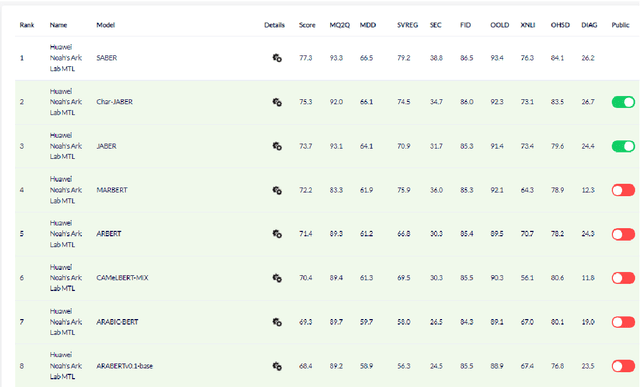

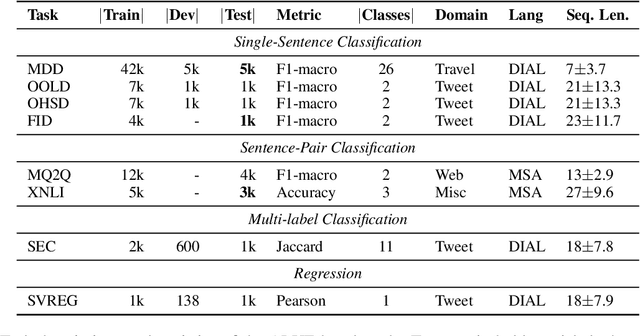
Abstract:There is a growing body of work in recent years to develop pre-trained language models (PLMs) for the Arabic language. This work concerns addressing two major problems in existing Arabic PLMs which constraint progress of the Arabic NLU and NLG fields.First, existing Arabic PLMs are not well-explored and their pre-trainig can be improved significantly using a more methodical approach. Second, there is a lack of systematic and reproducible evaluation of these models in the literature. In this work, we revisit both the pre-training and evaluation of Arabic PLMs. In terms of pre-training, we explore improving Arabic LMs from three perspectives: quality of the pre-training data, size of the model, and incorporating character-level information. As a result, we release three new Arabic BERT-style models ( JABER, Char-JABER, and SABER), and two T5-style models (AT5S and AT5B). In terms of evaluation, we conduct a comprehensive empirical study to systematically evaluate the performance of existing state-of-the-art models on ALUE that is a leaderboard-powered benchmark for Arabic NLU tasks, and on a subset of the ARGEN benchmark for Arabic NLG tasks. We show that our models significantly outperform existing Arabic PLMs and achieve a new state-of-the-art performance on discriminative and generative Arabic NLU and NLG tasks. Our models and source code to reproduce of results will be made available shortly.
JABER and SABER: Junior and Senior Arabic BERt
Jan 09, 2022
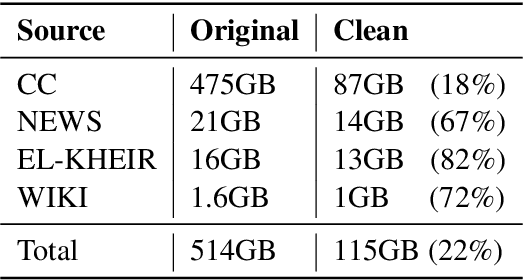
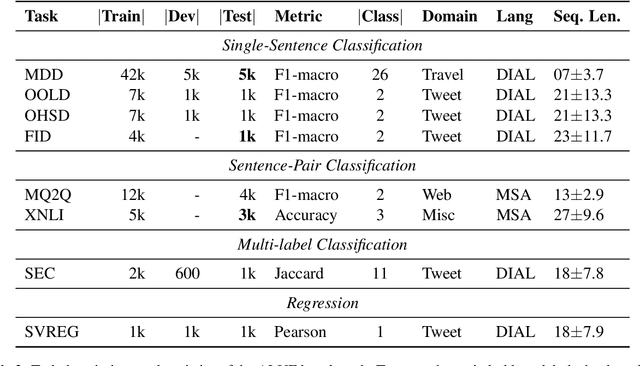
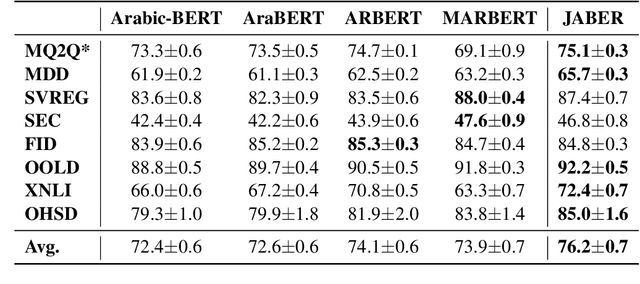
Abstract:Language-specific pre-trained models have proven to be more accurate than multilingual ones in a monolingual evaluation setting, Arabic is no exception. However, we found that previously released Arabic BERT models were significantly under-trained. In this technical report, we present JABER and SABER, Junior and Senior Arabic BERt respectively, our pre-trained language model prototypes dedicated for Arabic. We conduct an empirical study to systematically evaluate the performance of models across a diverse set of existing Arabic NLU tasks. Experimental results show that JABER and SABER achieve state-of-the-art performances on ALUE, a new benchmark for Arabic Language Understanding Evaluation, as well as on a well-established NER benchmark.
ALP-KD: Attention-Based Layer Projection for Knowledge Distillation
Dec 27, 2020



Abstract:Knowledge distillation is considered as a training and compression strategy in which two neural networks, namely a teacher and a student, are coupled together during training. The teacher network is supposed to be a trustworthy predictor and the student tries to mimic its predictions. Usually, a student with a lighter architecture is selected so we can achieve compression and yet deliver high-quality results. In such a setting, distillation only happens for final predictions whereas the student could also benefit from teacher's supervision for internal components. Motivated by this, we studied the problem of distillation for intermediate layers. Since there might not be a one-to-one alignment between student and teacher layers, existing techniques skip some teacher layers and only distill from a subset of them. This shortcoming directly impacts quality, so we instead propose a combinatorial technique which relies on attention. Our model fuses teacher-side information and takes each layer's significance into consideration, then performs distillation between combined teacher layers and those of the student. Using our technique, we distilled a 12-layer BERT (Devlin et al. 2019) into 6-, 4-, and 2-layer counterparts and evaluated them on GLUE tasks (Wang et al. 2018). Experimental results show that our combinatorial approach is able to outperform other existing techniques.
Why Skip If You Can Combine: A Simple Knowledge Distillation Technique for Intermediate Layers
Oct 06, 2020



Abstract:With the growth of computing power neural machine translation (NMT) models also grow accordingly and become better. However, they also become harder to deploy on edge devices due to memory constraints. To cope with this problem, a common practice is to distill knowledge from a large and accurately-trained teacher network (T) into a compact student network (S). Although knowledge distillation (KD) is useful in most cases, our study shows that existing KD techniques might not be suitable enough for deep NMT engines, so we propose a novel alternative. In our model, besides matching T and S predictions we have a combinatorial mechanism to inject layer-level supervision from T to S. In this paper, we target low-resource settings and evaluate our translation engines for Portuguese--English, Turkish--English, and English--German directions. Students trained using our technique have 50% fewer parameters and can still deliver comparable results to those of 12-layer teachers.
 Add to Chrome
Add to Chrome Add to Firefox
Add to Firefox Add to Edge
Add to Edge